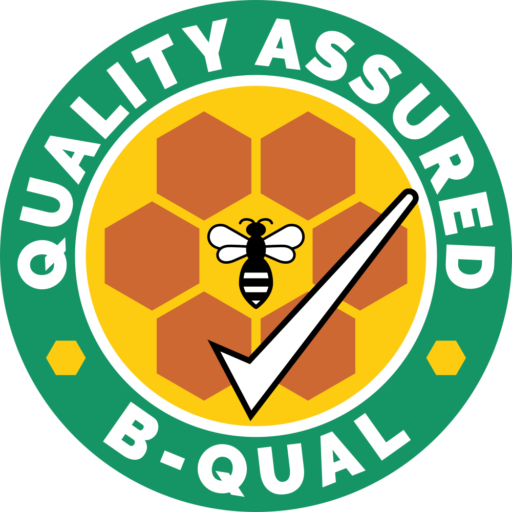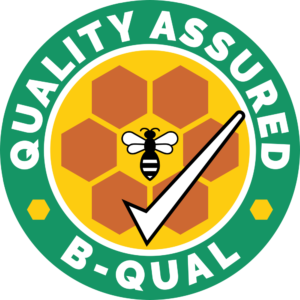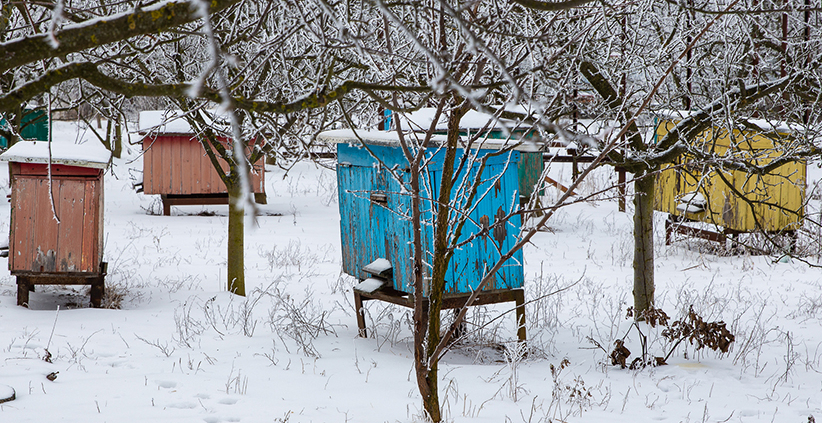Fall Feeding: Preparing Your Bees for Winter Survival
Autumn is coming – are you prepared for colder weather?
As temperatures drop and flowers fade, honeybee colonies across Australia and other temperate regions prepare for the long, resource-scarce months of winter. For beekeepers, autumn marks a critical window for intervention—when proactive feeding can mean the difference between survival and colony loss. While bees work hard during spring and summer to store enough honey for winter, unpredictable weather, drought, or a weak nectar flow can leave hives underprepared. This is where fall feeding steps in—not as a replacement for good foraging, but as essential insurance for hive health.
Assessing Your Hive’s Needs
Before feeding begins, it’s crucial to evaluate your colony’s stores and strength. Lift the back of your hive or open it briefly to assess weight—lightweight hives may be understocked. A visual inspection of honey frames can also help determine if the bees have built up enough reserves. As a rough guide, a colony should head into winter with at least 18–20 kg of stored honey.
Also consider the colony’s size and health. Smaller or late-split colonies may need more support, especially if they’ve had limited time to build brood and gather nectar.
Choosing the Right Feed
Autumn feeding is about boosting energy reserves, not stimulating brood production—so the type of feed you choose matters. Here’s a breakdown of common feeding options:
- Thick Sugar Syrup (2:1 ratio)
Ideal in early to mid-autumn, this syrup mimics the density of honey and encourages bees to store it. Mix 2 parts white sugar to 1 part water by volume. - Dry Sugar or Candy Boards
Useful later in the season when temperatures drop and liquid feed becomes impractical. These are placed directly inside the hive for the bees to access as needed. - Pollen Patties (with caution)
Only needed if brood rearing is dangerously low. Overuse can lead to excessive brood production, which requires more food and energy than the bees can spare in winter.
Avoid feeding honey (which may spread disease) or brown sugar (which contains harmful additives).
Feeding Safely and Efficiently
Use internal feeders or top feeders to reduce robbing, which becomes a real threat in autumn when nectar is scarce. Always monitor your hive during feeding and reduce entrances to deter intruders.
Feed during warm, dry days when bees are active, and complete feeding before winter temperatures set in. Late feeding is less effective and can disrupt the colony’s preparations.
Other Winter Prep Tips
Feeding is just one part of fall hive preparation. Pair it with other strategies for winter readiness:
- Combine weak colonies if needed.
- Check for pests like Varroa and treat appropriately.
- Ensure proper ventilation to prevent condensation inside the hive.
- Tilt hives slightly forward to allow water to drain out.
Conclusion: Feed Now, Thrive Later
A well-fed colony is a strong colony—able to maintain warmth, care for the queen, and emerge from winter ready to build again. Autumn feeding is a simple but vital act of stewardship that ensures your bees don’t just survive winter—they thrive beyond it. With just a little foresight and care, you’ll be setting up your hives for long-term success and resilience.
– Become BQUAL certified –

Proudly display the B-QUAL logo and demonstrate your enterprise is operating in accordance with the industry requirements and expectations of consumers, markets, regulatory authorities and the wider community, in relation to the key issues of food safety and industry best practices.



